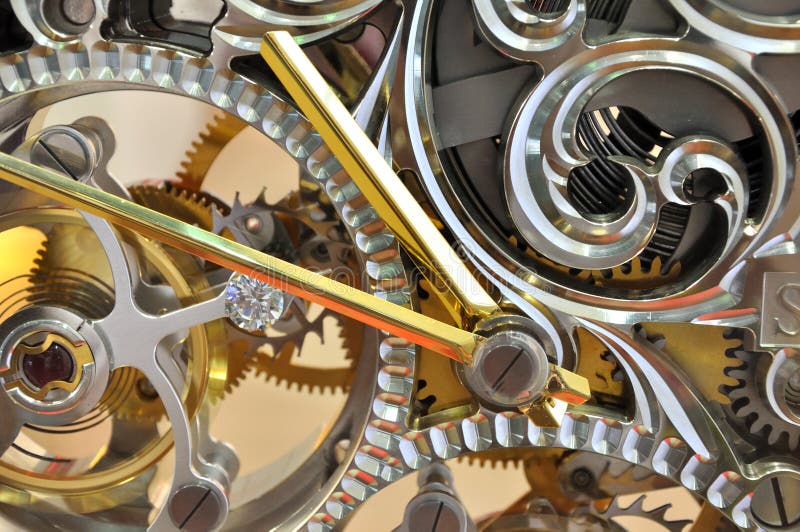

The Saros is a most ingenious watchmaking complication.Our self-winding timepieces are designed to gain power from the natural movements of the wrist on the person who is wearing the watch, so manually winding it every day is unnecessary and you also do not need a battery. Perhaps that is why it is considered a horological prowess. To the contrary, it allows for the energy dispensed by the feature to be perfectly managed. Its conception is so efficient, the movement’s performance and durability are in no way affected. Here, it took us many years of development to finally make our annual calendar, using only four gear wheels and two gear ratios. No matter how difficult it may be to reach. But it is a different type of beauty that has always held our favour: that of simplicity. Developing such a complication usually requires beautifully intricate mechanisms, with countless levers, cams and springs. Like all annual calendars, it autonomously differentiates months with 30 and 31 days and only requires to be set once every year, when February turns to March. In horological terms, its inconsistency must be addressed when designing an annual calendar such as our Saros, first introduced in 2012 with the Sky-Dweller. It is through this unique ballet of deformation and displacement that the Paraflex preserves the watch’s movement with its own.ģ1, 28, 31, 30, 31, 30, 31, 31, 30, 31, 30, 31: the annual sequence of months is more complicated than it appears. Thus engaging the guarantee of the chronometric performance of the calibre in all circumstances. On the other, it displaces itself so as to preserve the functionality of the balance wheel and escapement anchor. On the one hand, it bends at each impact to disperse the energy, then returns to its original shape. The Paraflex moves one way, then the other, all within a fraction of a second. One may wonder how such a minuscule shield, no bigger than a grain of rice, could achieve such a feat? It is through the interaction of two separate properties which, in a never-ending dance, offset the consequences of all shocks at all times. Its specific purpose is to neutralize any and all effects brought about by the knocks and bumps of everyday life. One which we designed and manufactured solely ourselves. It is an absolutely crucial element in the protection of our horological movements. This is the Paraflex, our shock absorber introduced in 2005. Therefore, each Rolex equipped with a Parachrom hairspring will tick at a most regular and perpetual beat. This hairspring is insensitive to magnetic fields, unwavering in the face of temperature variations, and resistant to shocks as to corrosion. This blue is essential to us, because it symbolizes the long-lasting performances which we hold ourselves to.

It is the exact colour taken by our unique alloy of niobium, zirconium and oxygen when it has been anodized to stop the process of oxidation. So why would we be concerned by its colour? Because this hue of blue is true to our tradition of watchmaking excellence. Needless to say, it is a rare occurrence for any eyes to be laid on the Parachrom. It is shielded from outside aggressions by a case so hermetic it was aptly named “Oyster”. Moreover, once coiled, its diameter does not exceed a few millimeters. Its edge is thinner than a single strand of hair and its weight is merely a fraction of a pearl’s. The scale of the image might throw you off, though. Unveiled in 2005, entirely designed and manufactured in house, it nears the apex of what metal alloy hairsprings can offer. It is an essential guardian of the watch’s chronometric precision. This is what our Parachrom hairspring looks like.


 0 kommentar(er)
0 kommentar(er)
